
Forestry Experts Want You to Watch Out for ‘Poolside Pests’
Original article written by Laura Oleniacz for NC State News, published May 25, 2021. If you’re planning to try to …



El inglés es el idioma de control de esta página. En la medida en que haya algún conflicto entre la traducción al inglés y la traducción, el inglés prevalece.
Al hacer clic en el enlace de traducción se activa un servicio de traducción gratuito para convertir la página al español. Al igual que con cualquier traducción por Internet, la conversión no es sensible al contexto y puede que no traduzca el texto en su significado original. NC State Extension no garantiza la exactitud del texto traducido. Por favor, tenga en cuenta que algunas aplicaciones y/o servicios pueden no funcionar como se espera cuando se traducen.
Inglês é o idioma de controle desta página. Na medida que haja algum conflito entre o texto original em Inglês e a tradução, o Inglês prevalece.
Ao clicar no link de tradução, um serviço gratuito de tradução será ativado para converter a página para o Português. Como em qualquer tradução pela internet, a conversão não é sensivel ao contexto e pode não ocorrer a tradução para o significado orginal. O serviço de Extensão da Carolina do Norte (NC State Extension) não garante a exatidão do texto traduzido. Por favor, observe que algumas funções ou serviços podem não funcionar como esperado após a tradução.
English is the controlling language of this page. To the extent there is any conflict between the English text and the translation, English controls.
Clicking on the translation link activates a free translation service to convert the page to Spanish. As with any Internet translation, the conversion is not context-sensitive and may not translate the text to its original meaning. NC State Extension does not guarantee the accuracy of the translated text. Please note that some applications and/or services may not function as expected when translated.
Collapse ▲
Original article written by Laura Oleniacz for NC State News, published May 25, 2021. If you’re planning to try to …

Springtime for beekeepers is synonymous with starting new colonies, especially since annual losses have been hovering ~40% every year so …

Last year, there was a lot of media buzz (no pun intended) surrounding the introduction of Asian giant hornets …
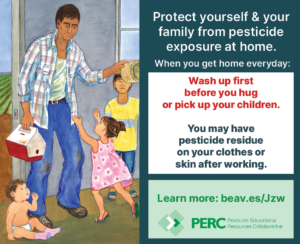
How can you encourage farmworkers and their families to use practices that minimize the risk of pesticide exposure? The …

From Camilo Parada and Dr. Lina Quesada-Ocampo In collaboration with the Plant Disease and Insect Clinic at NC State University, …

Last fall was conducive for take-all root rot (TARR) in ultradwarf bermudagrass putting greens. There were substantial rain events …
Fumigation recertification on Thursday, February 25, 2021. Growers must attend a 1-hour fumigation recertification training once every three years. …

The fungicide spray guides for tomato and pepper are intended for commercial growers and are suggested products or programs …
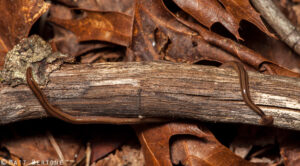
PLEASE NOTE: NC State University and local agencies (e.g. NCDA&CS) are not currently tracking species that are already known to exist …

We had many interesting fungicide trials in summer of 2020 and we are looking forward to discussing some of …

Written by Halle Hampy, M.S. candidate under the direction of Dr. Jim Kerns Despite the unpredictability of 2020, one thing …
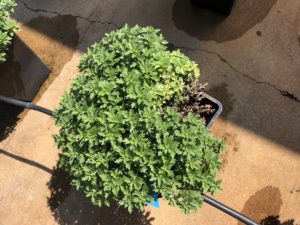
The number of chrysanthemum samples diagnosed with Fusarium wilt this year is well above average, according to NC State …

Written by Lina Quesada-Ocampo and Kimberly D’Arcangelo Cucurbit downy mildew, caused by the oomycete pathogen Pseudoperonospora cubensis, has been confirmed …

The dog days of summer are upon most in the United States. Many areas have been hot and some …
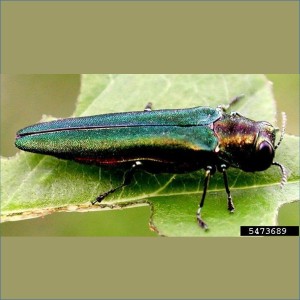
The emerald ash borer, a beautiful but extremely destructive, exotic insect pest, has now been detected in North Carolina. …
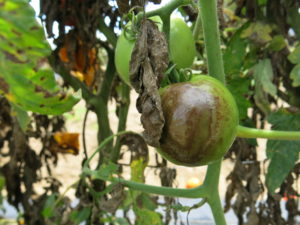
With the current temperatures in the 60’s and 70’s and cloudy skies, conditions are conducive for late blight to …

Large patch, caused by the fungus Rhizoctonia solani, is one of the most damaging diseases of warm-season turf species …

Asco what?! That’s the immediate response I get from turfgrass managers when I tell them I just diagnosed their …
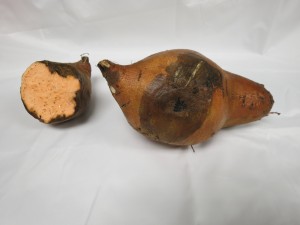
From Madison Stahr and Dr. Lina Quesada-Ocampo The environmental protection agency (EPA) has renewed the specific exemption section 18 emergency …

This factsheet describes the symptoms of a synthetic auxin (SA) herbicide injury.

This publication will help you identify the several species of ticks found in North Carolina …

This fact sheet discusses the Ash Flower Gall Mite, a minor/aesthetic pest of ash trees.

This publication describes the life cycle and control of the hemlock rust mite, which causes …

Target spot is a potentially devastating leaf spot disease in tobacco in North Carolina. This …

This factsheet describes the biology of the lesser cornstalk borer, Elasmopalpus lignosellus, and provides residential …

This factsheet describes the biology of the shining flower beetles, of the family Phalacridae.

This factsheet describes the symptoms of an ALS inhibitor herbicide injury.